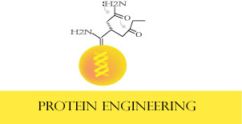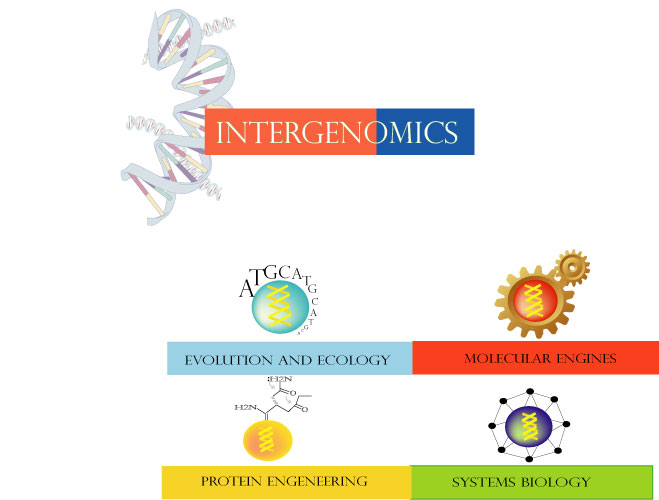De la Cruz:Research

The conjugative relaxases as a target for the inhibition of the dissemination of antibiotic resistance
DNA transfer allows bacterial evolution and adaptation to the changing environment. This mechanism is used for the transfer of antibiotic resistance genes being a huge health problem. Thus, some pathogenic bacteria are immune to the actual drugs and this resistance is spreading in a dangerous and alarming way. The problem is mainly important in hospitals where the constant use of antibiotics promotes the generation of resistant strains. Only in the USA, there are 2 million cases of hospital infections per year, 70,000 of which are lethal. The propagation of the infections is a growing threat not just for the patients, but for the hospital workers. The economic expense is also incredibly high with up to ten thousand million USD only in the USA. Regarding DNA transfer by bacterial conjugation, the protein involved in the DNA transfer initiation (relaxase) is a key component in the process. Thus, a detailed knowledge of the biochemistry of the reaction and the three dimensional structure of the relaxase could be the way for the finding of new DNA transfer inhibitors. This work could help the design of new drugs that could prevent that the bacteria become resistant by the inhibition of the relaxase function.

Protein and DNA transporters across bacterial membranes
DNA transfer across membranes and between cells by conjugation is a clear example of a rapid and natural way to acquire new genetic information, not only between bacteria, but also between yeast, plants and even animal cells. All conjugative systems contain a key protein in the membrane to carry out this process: the DNA transporter. In our system, the DNA transporter is TrwB and its crystallographic structure has been recently solved.

The strong structural similarity between TrwB and other well known molecular motors, such as the ATP synthase or ring helicases, suggests that TrwB operates as a motor driving a DNA strand through the transport pore, using the energy derived from ATP hydrolysis. TrwB is the best model in a novel group of molecular motors involved in ssDNA transport across membranes; another example of biological molecular motors that convert chemical energy into mechanical work.
To analyze the activity of TrwB, we are going to apply an emerging technique: nanotechnology, which makes possible single-molecule observation and manipulation. This technique will allow us to analyze in detail the DNA translocation process on TrwB and estimate the velocity and efficiency of this bionanomachine. Together with a biochemical and structural characterization of the protein, TrwB will be reconstituted into liposomes, a widely used vector in genetic therapy, to carry out DNA transport experiments through lipidic membranes. Reproduction of TrwB activity in vitro will constitute an important step for future biotechnological applications, such as DNA injection into animal cells for therapeutic purposes.
People working in this area
Dr Elena Cabezon.[[1]]
Dr Iñaki Arechaga.[[2]]
Inmaculada Matilla.[[3]]
Alejandro Peña.[[4]]
Sandra Zunzunegui.[[5]]

